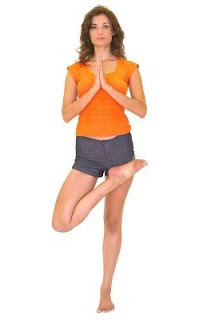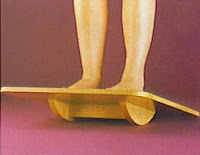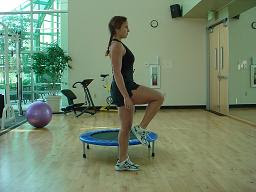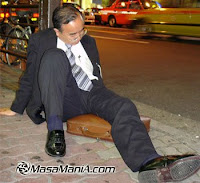This summer I was honored to be contacted by a dear friend who had just been involved in a horrible motorcycle accident. He was just coming out of his fifth surgery to repair a fractured femur (thigh bone) and tibia/fibula (shin bones) of his left leg. Through a combination of outstanding orthopedics and plastic surgery, the staff at Cedars Sinai had my friend patched up sufficiently to start a rehab program at my office. You can read his story here to get more of the fascinating details.
The program which I designed to get my friend back up and moving was a combined chiropractic, physiotherapy and neuromuscular reeducation, including extensive proprioceptive work to return balance and sense of position. We worked intensively for three months. In that time we moved my friend from using crutches, to using a walking stick, to walking without assistance, to climbing stairs. Watch the video below to see his incredible recovery. You can see what is possible with the right care and the right frame of mind.
Rehabilitation following an automobile or motorcycle accident can return one to function and living a normal life. Watch the video to see evidence of this. I have marveled at the rapidity of recovery myself.

















